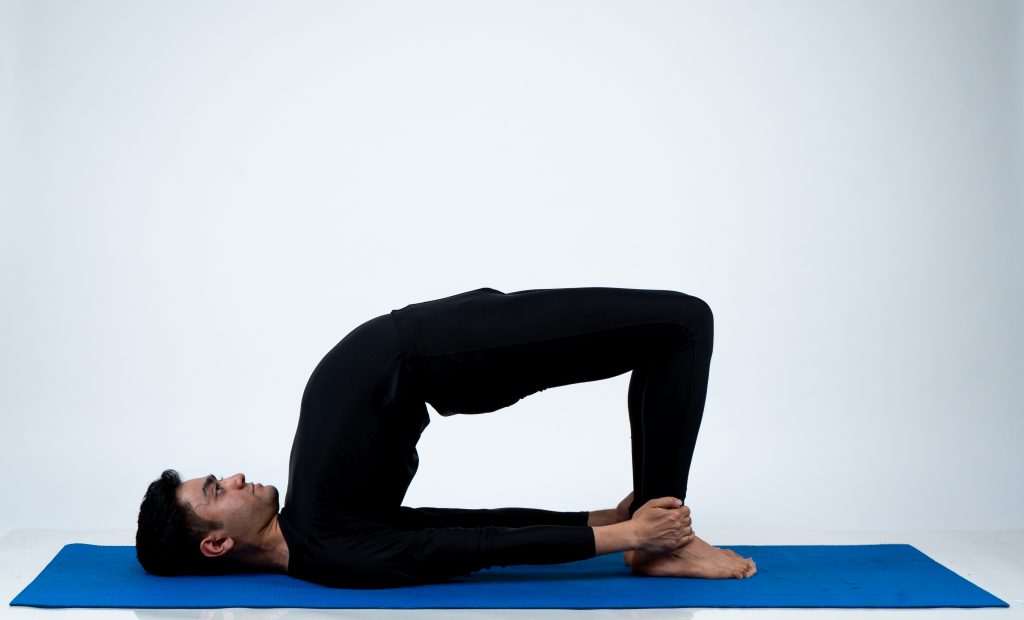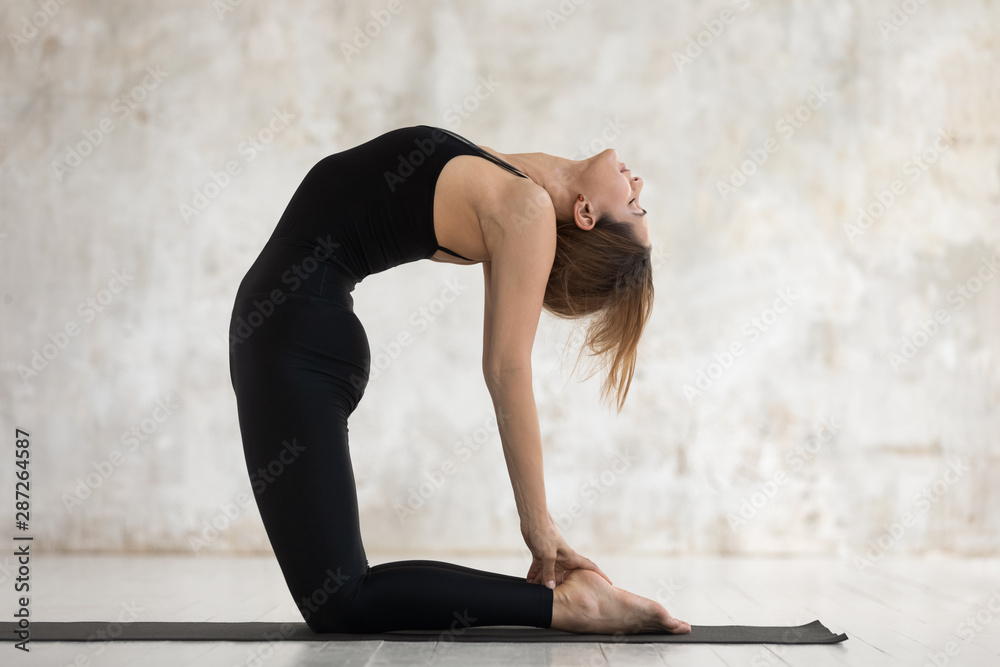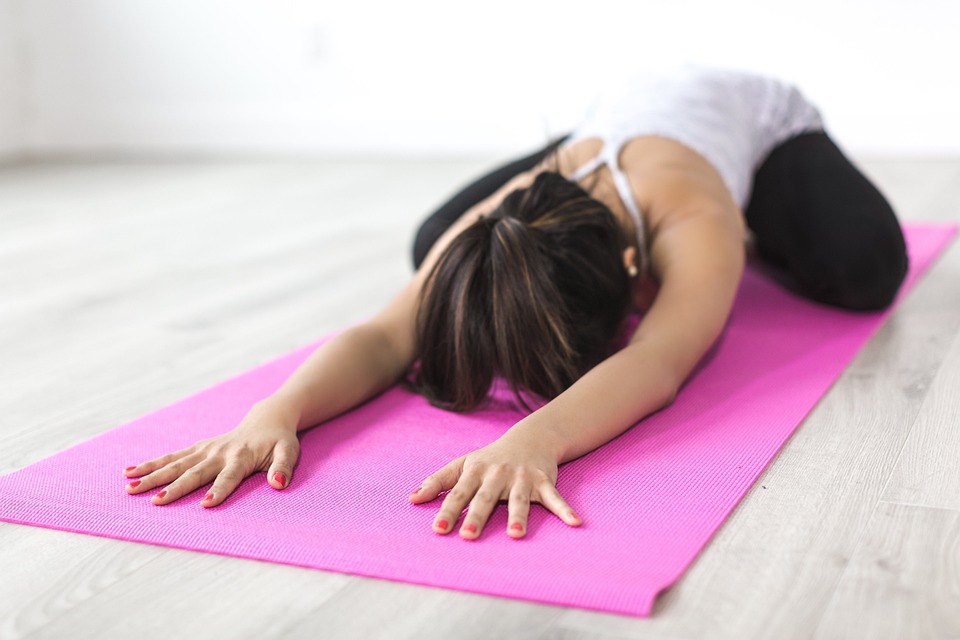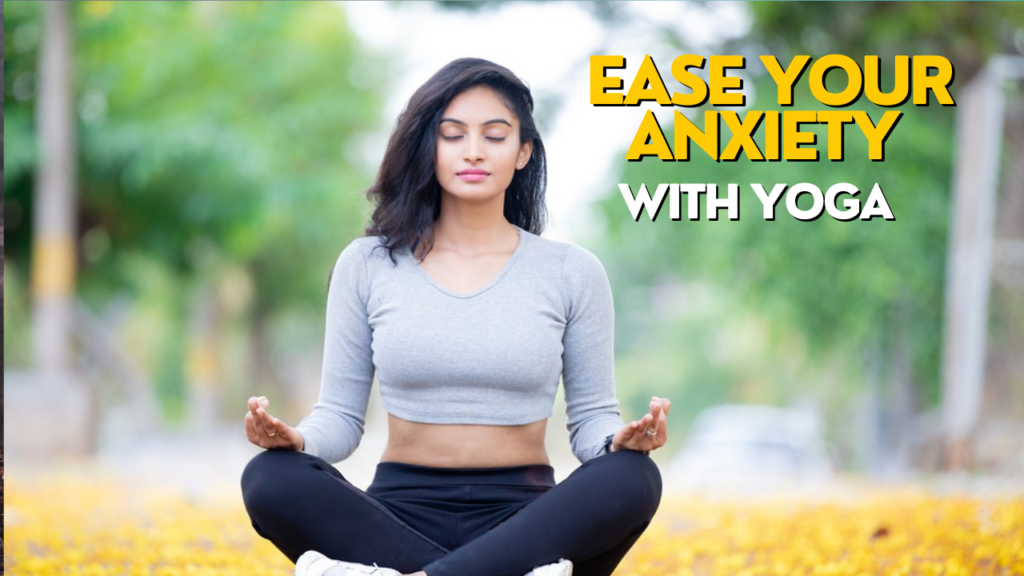When it comes to anxiety, most of the time we are rendered helpless as most of the popular medicine does not really address the cause. Anxiety can be understood as a strong and intense response by our minds towards any particular situation or event that triggers the physiological as well as psychological reactions. The person might have symptoms ranging from Palpitations, feeling of fear from an impending danger, shortness of breath, numbness, sweating. These symptoms are typically a sympathetic response which involuntarily takes over the individual. There can be multiple reasons that could be connected to this but overall the feeling is not something that anyone can like.
Yoga, being a holistic discipline, have a specific approach to explaining and managing such issues. In the yoga sutras, the most authoritative scripture on yoga psychology, Patanjali has stated that with the practice of Asanas, dualities of life can stop affecting the individuals.
Tato Dwandwanabhighatah || (2:48)
Asanas helps us to find our center from where we comprehend our lives without inclinations to acute responses towards duality of lives. Also they bring about an overhaul in the energy systems which bringing a swift distribution of Prana. Prana is the vital force that gives us grounding and depth in our biological and psychic systems.
Here we have compiled a list of asanas that can be helpful in coping up with symptoms of anxiety. Please remember that this article is just for informative purpose. If you really want to start with yoga you will have to seek help from a skilled instructor or teacher.
1. Marjari Asana (Cat Cow pose)


- Resting your palms and knees on the floor attain a four point position. Keep the spines neutral.
- With a deep breath in, arch the back to your as far as you can go. Press the rear edge of your palm and toes onto the ground to enhance the arch.
- Hold for a few seconds.
- Then exhaling, roll your spine into an arching position while pulling the whole body upwards towards the roof. Try to assume that your body is being pulled upwards. Squeezing the buttocks in will help to increase the flexion in spine.
- Hold for a few seconds and then go back to previous arching position. Repeat this for 12 times slowly with attention on synchronizing the breath
2. Baddha Konsasana (butterfly)

- Sit in a comfortable position on the mat. Join the soles of the feet together infront on you while folding the knees.
- Hold the front of the both feet with hands making the grip firm.
- Keep the spine erect and shoulders relaxed. If you feel gripping in the lower back elevate the seat by sitting on a cushion.
- Now take a deep breath in and while exhaling start bending forward in the hips.
- Hold halfway down and breathe very slowly and in calm in that position.
- After counting 10 breaths, return back with inhale and exhaling release the grip from the toes.
3. Setubandhasana (bridge pose)

- Lie down supine on the mat and relax the body.
- Bend the knees and put the feet just under the knee.
- Knees should be at a shoulder width apart from each other. Ideally they should be perpendicular to the floor.
- Keep the hands straight by the side of the body. Palms facing down.
- Relax the body
- With inhalation begin to lift the buttock up from the floor. The spine will go into an arch. Keep it gentle.
- Reach as hight as you can depending upon the flexibility of your Psoas and strength of Glutes.
- Hold into the position you can reach. In the final positon palms will be pressing against the floor or you can also hold your ankles.
- Breathe gently in the posture while keeping the body firm. Count 8 to 10 breaths.
- Then exhaling slowly bring down the body and come back to the starting position.
4. Ushtrasana (camel pose)

- Sit in vajrasana on your mat.
- Keep your knees & feet should width apart.
- Stand up on your knees and retain the balance.
- Maintain the distance between knees and feet as mentioned earlier.
- Now place your hands on the hips and start arching the back. Remember to bend in the lower back. Do not recline backwards from knees.
- Reach to your capacity in the arch and then slowly drop the hands down trying to reach the heels. Remember to do it slowly and one by one.
- In the final position squeeze the hips while stretching the front of the thighs. This will help to increase the arch in its purity. Open up the chest.
- Stay in the posture for 8 to 10 breaths.
- Then inhaling slowly bring the hands back on supporting the back and come out of the arch.
- Sit back in vajrasana and relax.
5. Balasana (child pose)

- From Vajrasana, open the knees wider than shoulder. Keep the toes together. This will make a V shape in you legs.
- Take a deep breath in and start lowering the upper body forwards, while spreading the arms on the floor straight infront.
- Reach as far as you can and try to rest your forehead on the floor infront.
- If you cant’ touch the forehead on the floor keep a block or cushion under it.
- Breath as deep as possible in the posture. Stay there for 15 to 20 breaths. Then slowly inhaling come back up into vajrasana.
6. Paschimottanasana (seated forward bend)

- Sit with legs straight on the mat.
- Join both the legs together while keeping the toes pointing upwards.
- Spine will be upright and erect. Rest your palms by the side of the body.
- Shoulders will be relaxed and chest will be open. Take a deep breath in and out in this position.
- Now inhale deep and while exhaling begin to lower the trunk forward trying to reach the legs.
- Do not slouch or bend in the back.
- If possible try touching the stomach to the thighs, chest to the knees.
- In the final position if you can reach down full, put the forehead onto the shin and hold the feet with both hands.
- Breathe evenly in this position for 8 to 10 times while letting go of the tensions. Surrender completely.
- After finishing the breath count, inhaling and come back upwards in the starting position.
Please remember, these postures are best when performed under supervision and with instructions from a teacher. Surely you will be able to find a relief in your anxiety patterns. Also another componesnts of yoga should be added to the daily routine like gentle pranayama.
If you feel you can contact for any kind of assistance you need for yourself and your practice. Write to us as jeevmoksha@gmail.com
Best regards






